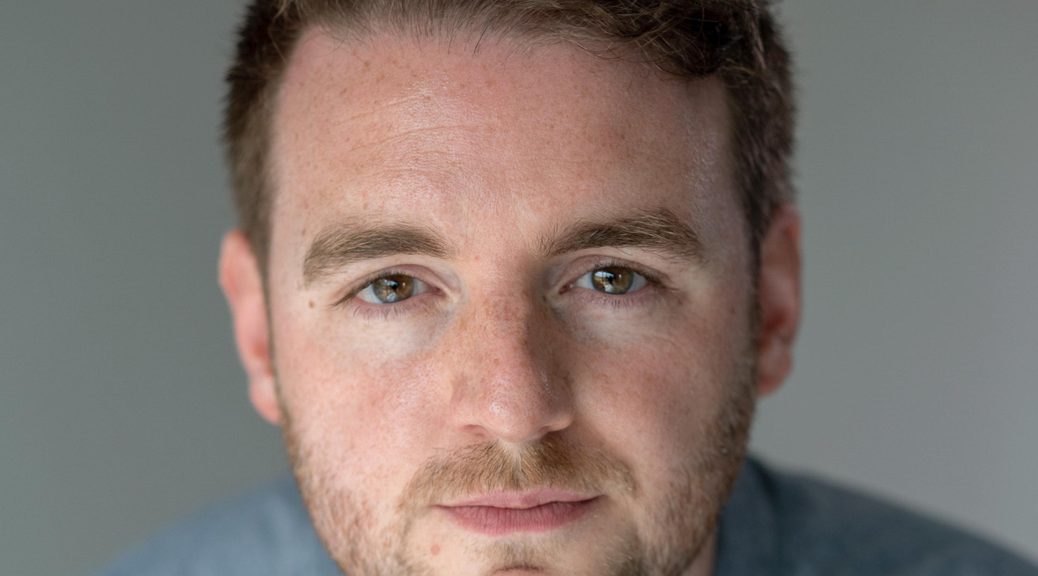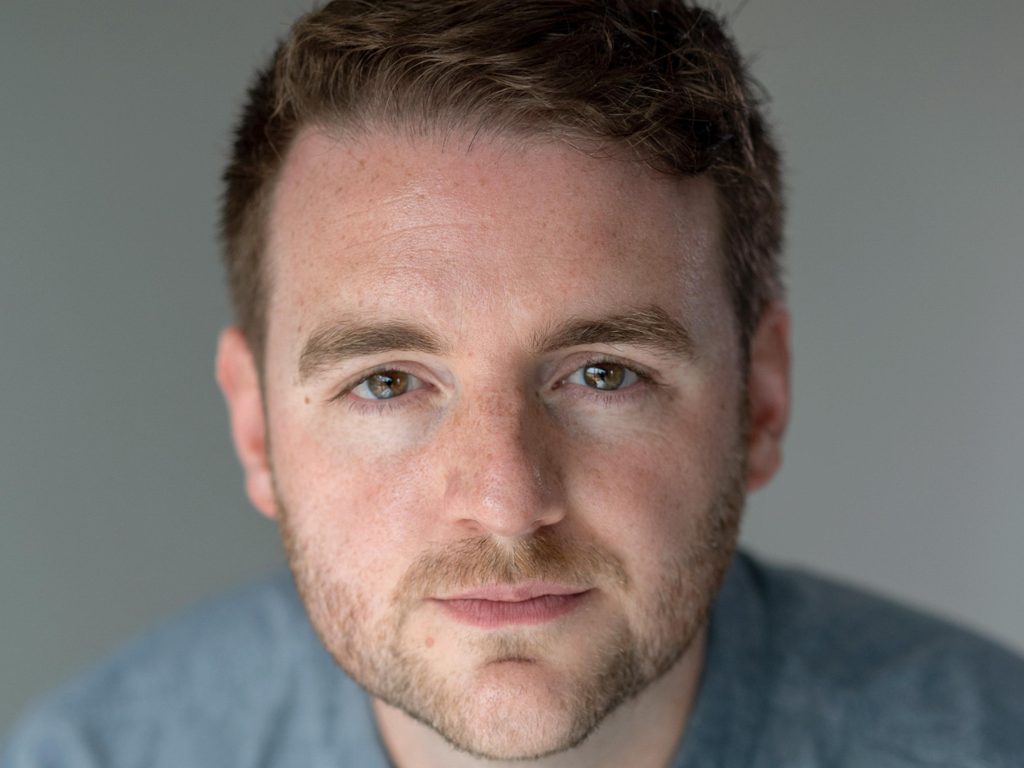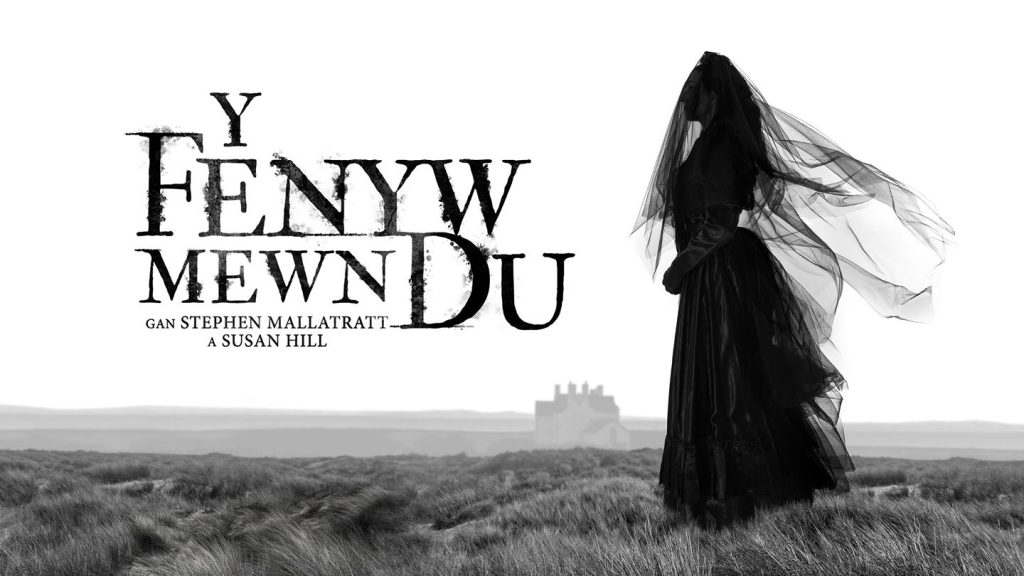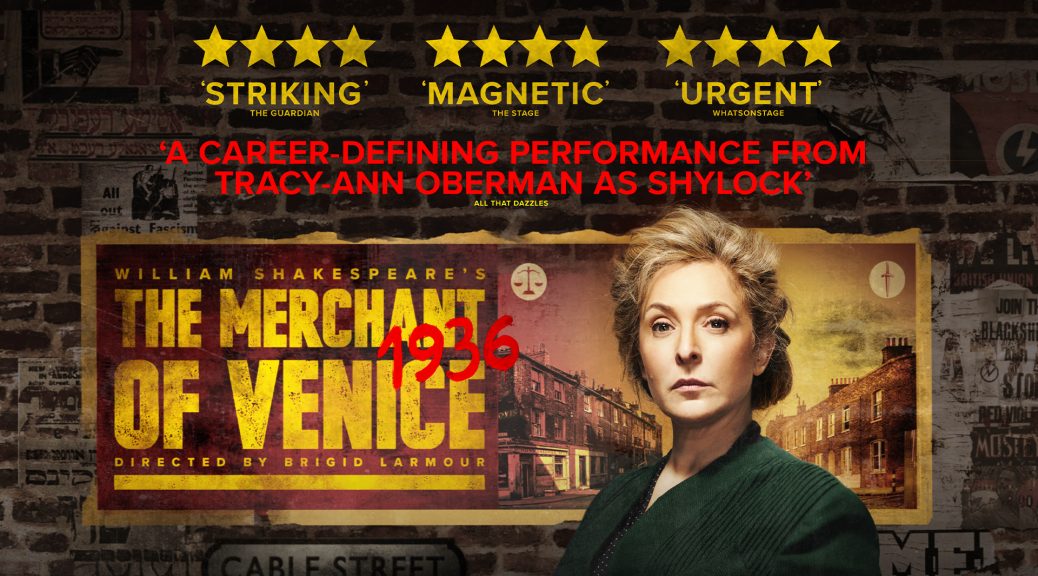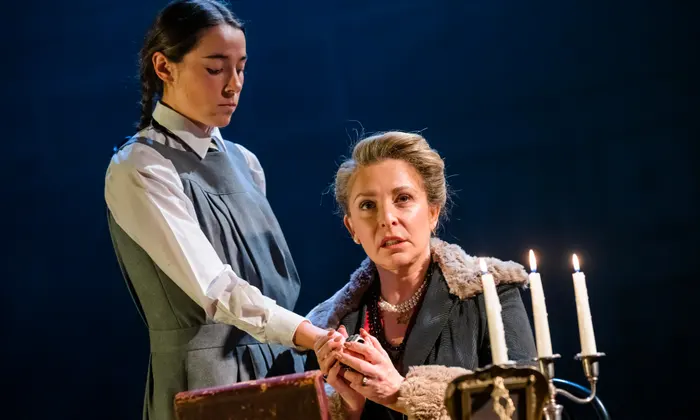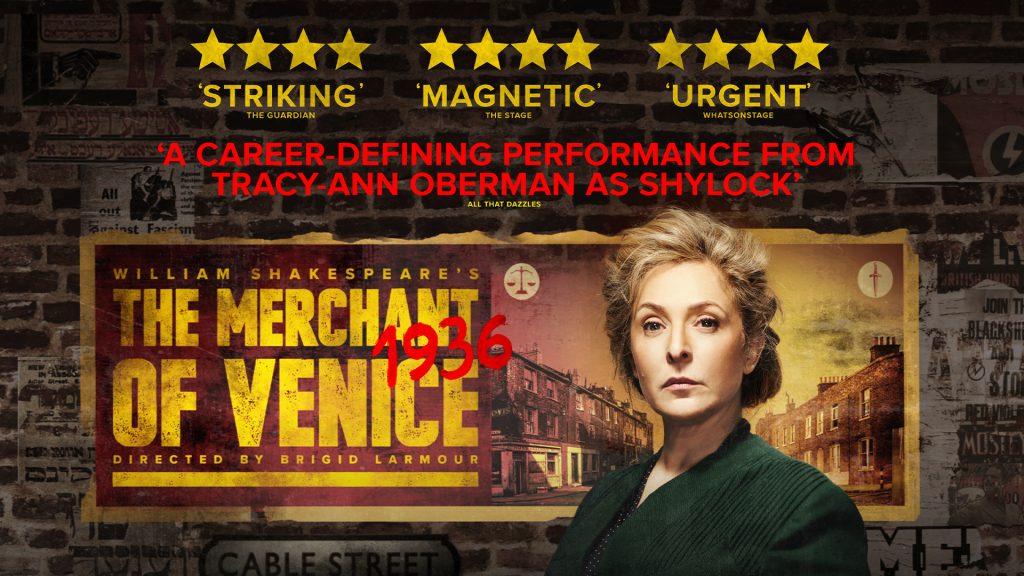
Images Mark Douet
 (5 / 5)
(5 / 5)
I think that it is a universal fact that during lockdown many of us picked up new hobbies in the hope that it would help that extended periods of loneliness pass by quicker. One of my many lockdown obsessions was checking out new concept albums/recordings of new musicals from all around the world. Whilst on my quest to find my new musical obsession, I discovered a musical called Our Lands Own which told the story of the gruesome Merthyr Rising riots that happened a short drive from my home. It was absurd to me that such a massive moment in history happened a short drive from my house and I never even knew about it! Since then I have become fascinated with not only with the interesting intersection of history/musical but especially lesser-known Welsh history! The brand new play Housemates explores the purposefully hidden, behind-the-scenes investigations into Ely Hospital and the terrible series of events that have been documented there but also the origin story of assisted living schemes both of which took place in my own hometown!
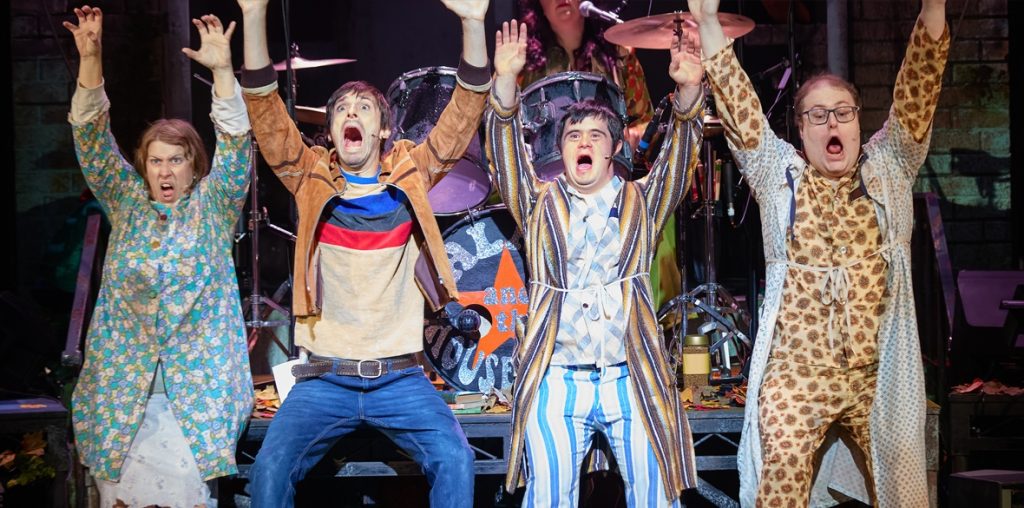
Housemates the play tells the story of an innocently eager person called Jim (played flawlessly by Peter Mooney) who makes the spontaneous decision to volunteer his time walking two hospital respondents, namely on an unassuming walk to the local park. On this adventure, Jim begins to see some of the discrimination and harassment that hospital residents face which only gets worse as he begins investigating into the daily life of the hospital residents which results in immense anger on his behalf. This outrage caused Jim to investigate ways in which to properly integrate the residents into the community which led to the first ever assisting living programme where the patients lived with students. We follow Jim as he campaigns for this programme to be trialled in 12 Ruthin Gardens in Cardiff.
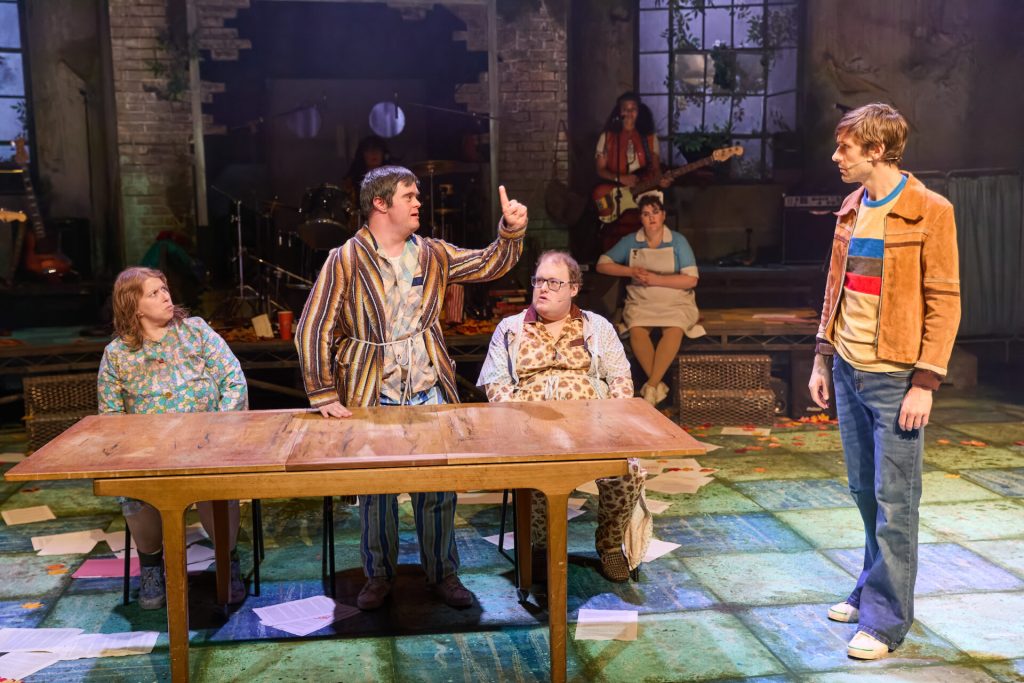
What was particularly interesting about this show was the fact that the production actually began before the audience had even taken their seats! The moment we stepped into the main auditorium at Sherman Theatre Cardiff, we were greeted by a lively band as if we had joined them during a gig in a local pub. They performed a plethora of iconic hits, as well as the expected chit chat that happens with a band during song transitions. This idea of a band-fuelled performance reappeared at the end of the show where the lead character Alan becomes the lead singer of his own band (donning a David Bowie-inspired ensemble and busting out his own drum solo) which helps to create a cohesive, circular narrative for audience.
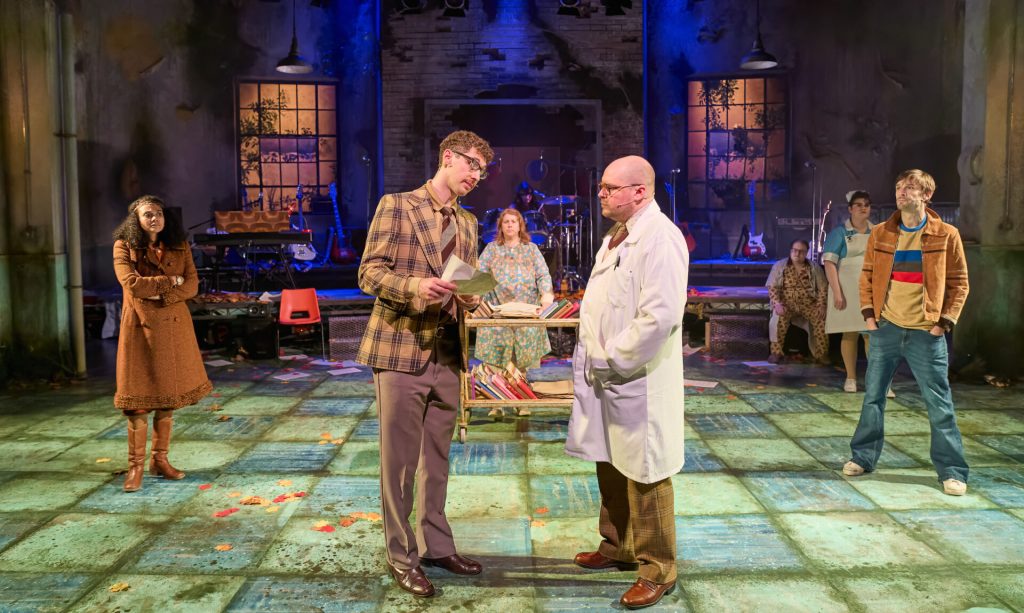
The highlights of this production, however, were very clearly the characters Alan and Heather (played by Gareth John and Lindsay Foster respectively) who delivered a masterclass in comedic timing throughout! These two talented individuals had myself (and the audience) in hysterics throughout while simultaneously exposing the terrible and intense experiences of people in mental hospitals at the time. It is incredibly difficult to provide both a plethora of comedic moments while also generating sympathy from the audience by the bucket full. The two performers took us on a rollercoaster from eye-watering laughter to heart-wrenching sadness which is no easy feat but these two performers appeared to take it in the stride! One of my favourite moments in the entire production was when Alan and Heather got to experience their first live band performance and they exploded into a totally euphoric dance sequence that was just a pure joy to watch! It was clear that these two were having so much fun being on the stage and that radiated throughout but especially during this specific moment. We went from this moment of pure joy to a deeply heartbreaking scene where Alan shared the abuse he had experienced while under the care of the hospital. The most uplifting moment of the entire show however happened at the end of the show when the entire cast highlighted the success of the assisted living experiment and began listing off all the asylums that shut down due to this scheme (started in Cardiff) being a success. There was something about each person shouting the name of the hospital while scrunching the paper up and throwing it into the bin that was incredibly powerful and had myself very close to tears! I also found it immensely impressive that the band from earlier in the show were able to quickly switch from an accompanying band to an on-stage character. I can barely do each of these things on their own neither switching so quickly which was an incredible display of insane talent!
Overall, Housemates is a powerful piece of theatre that shines a light on a sparsely discussed area of Cardiff’s history! Despite only being just over one hour long, the grounded and honest portrayals captivated the audience and made every moment feel as if it was happening in real-time/the time frame the events actually took place. The production made every single person in the audience experience the length and breadth of human emotion while simultaneously highlighting a key part of Welsh history. I would rate this production 5 out of 5 stars!

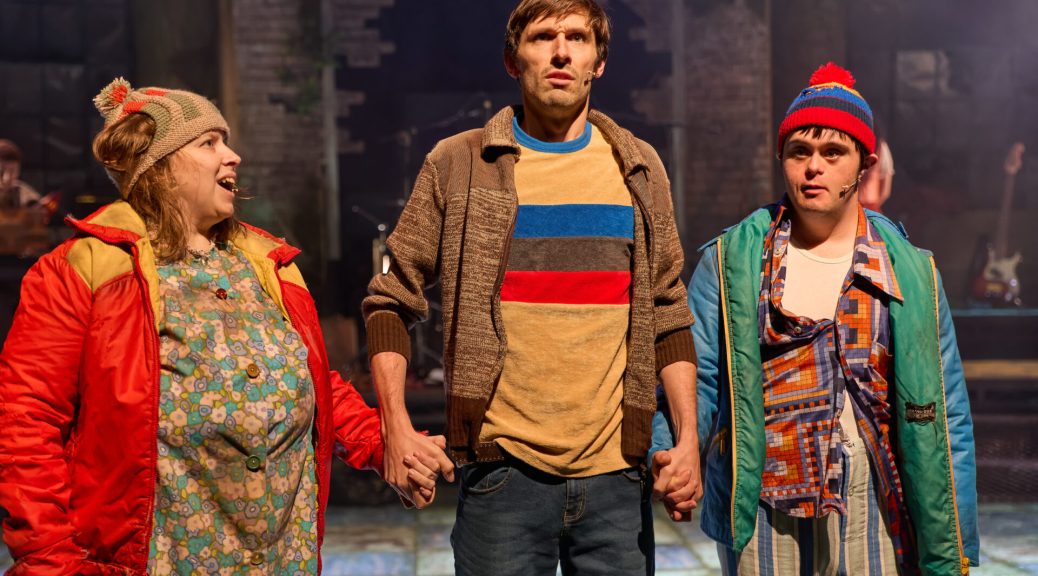

 (4 / 5)
(4 / 5)


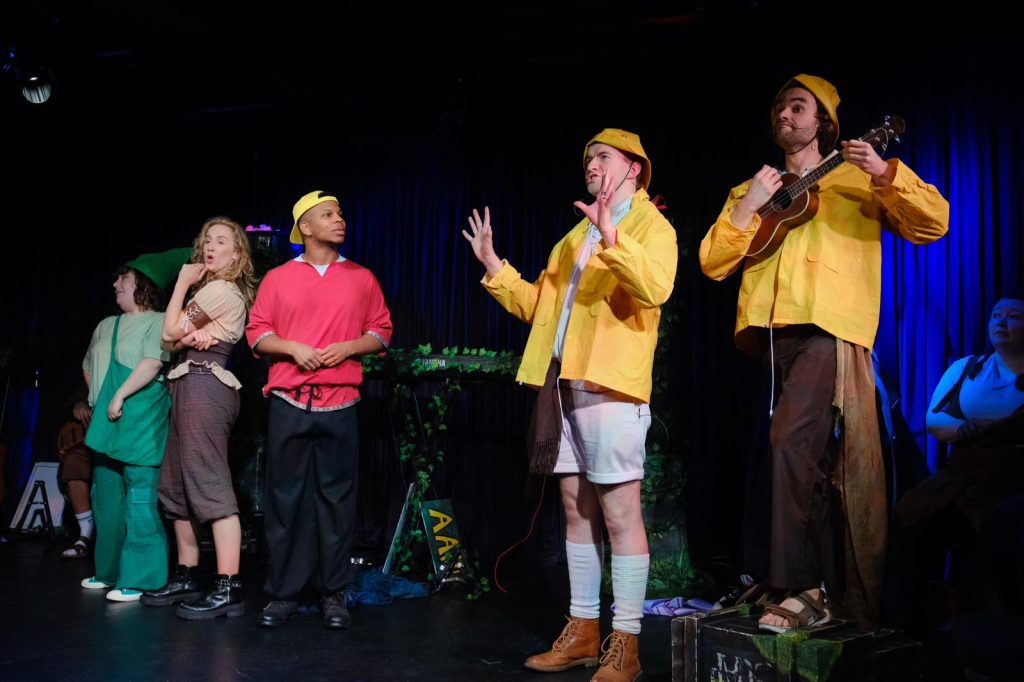




 (2 / 5)
(2 / 5)